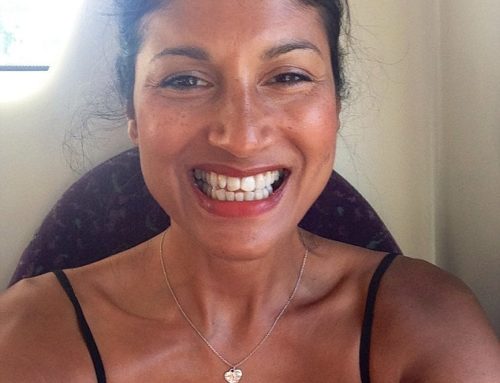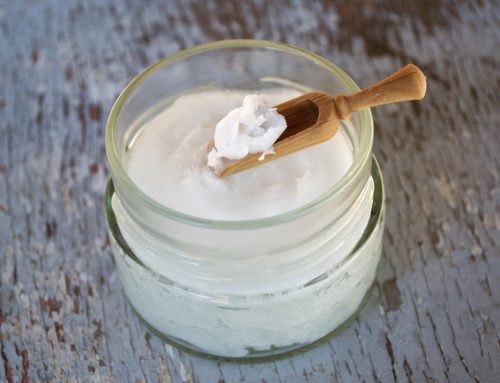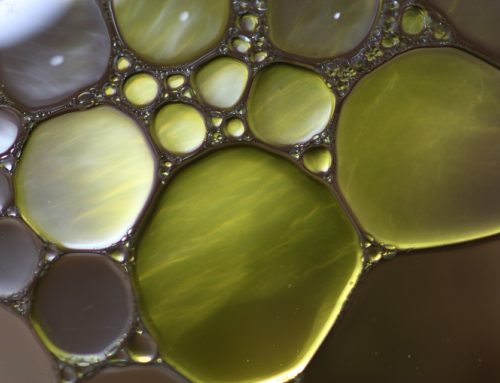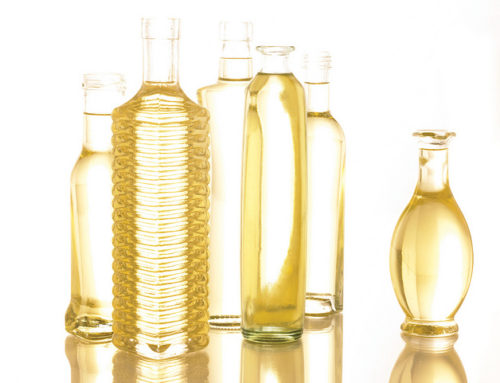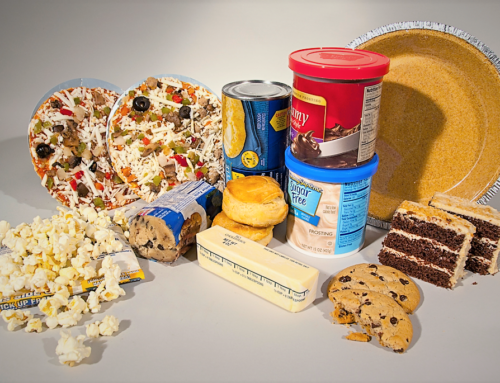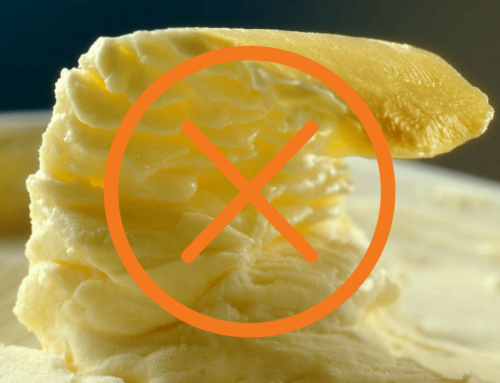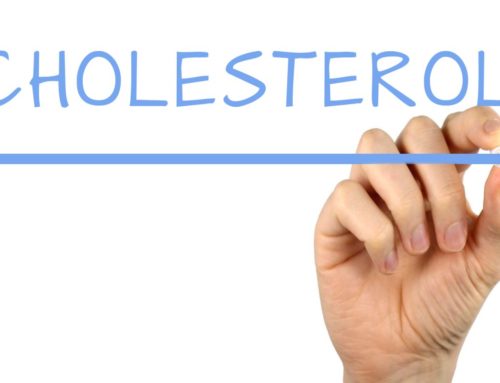If you use extra virgin coconut oil and extra virgin red palm oil, then your body will be grateful
Discover the benefits of extra virgin coconut oil and extra virgin red palm oil in this booklet. You will also come to understand why the people in Asia and Polynesia call the coconut tree ‘The Tree of Life’. You will learn that red palm oil contains more protective substances (antioxidants) than any other oil. Extra virgin should be understood as fats or oils that are exclusively obtained through mechanical and cold pressing/extraction. Healthy oil does not undergo any type of chemical refin- ing (such as for example deodorizing or bleach ing). When we use the term healthy oils, we are referring to extra virgin oils.
Healthy fats are just as important as fruit and vegetables. You need them every day to maintain your vitality
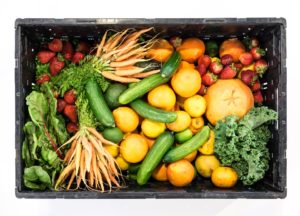 ‘The wide-spread opinion that all fats are bad and that fats only make us fatter have contributed to turning obesity into an epidemic’, says Dr. W. Willet (91). ‘We have followed suit by gorging ourselves on refi ned carbohydrates and sugar’. Health organizations that continue to be fi xated on eating less fats and ‘light’ products tend to forget that 30% of our calorie intake should come from healthy fats. In other words: We need to obtain twice as many calories from healthy fats or oils as from proteins (such as vegetable proteins, meat and fish). The days that we thought that fat only yielded excess calories and fattened us should be defi nitely behind us. Instead of obsessing over fat-reduced foods, we should be promoting suffi cient amounts of healthy fats and/or oils. In moderation, it goes with out saying, and most certainly no refi ned fats, but suffi cient amounts of healthy fats. You cannot live without healthy fats. Healthy fats create life. Healthy fats protect your health. Healthy fats are just as important as fruit and vegetables.
‘The wide-spread opinion that all fats are bad and that fats only make us fatter have contributed to turning obesity into an epidemic’, says Dr. W. Willet (91). ‘We have followed suit by gorging ourselves on refi ned carbohydrates and sugar’. Health organizations that continue to be fi xated on eating less fats and ‘light’ products tend to forget that 30% of our calorie intake should come from healthy fats. In other words: We need to obtain twice as many calories from healthy fats or oils as from proteins (such as vegetable proteins, meat and fish). The days that we thought that fat only yielded excess calories and fattened us should be defi nitely behind us. Instead of obsessing over fat-reduced foods, we should be promoting suffi cient amounts of healthy fats and/or oils. In moderation, it goes with out saying, and most certainly no refi ned fats, but suffi cient amounts of healthy fats. You cannot live without healthy fats. Healthy fats create life. Healthy fats protect your health. Healthy fats are just as important as fruit and vegetables.
Saturated fats are good for you
- Healthy fats are necessary to be able to absorb fat-soluble vitamins such as vita- mins A, D, E and K. The vitamin K in broccoli, Brussels sprouts, cabbage and lucerne is barely absorbed for example, if these vegetables don’t come with a bit of fat or oil. And without a suffi cient amount of vitamin K calcium will not be stored in bones and teeth, meaning potential tooth decay and osteoporosis.
- Healthy fats are essential for the functioning of hormones and enzymes. Your body will generate fewer enzymes when you are on a fat-reduced or fat-free diet. This can result in digestive issues. An insufficient number of fats will result in reduced or no sex hormones for example.
- Healthy fats are needed to emulsify (dissolve in a watery environment) nutrients. They are the basis for bilious acids, in order to be able to digest foods that contain fats.
- Healthy fats contain lecithin, a nutrient that fosters memory and the transfer of impulses between cells. Lecithin also ensures that the polar substances in cells can communicate with non-polar substances and contributes to the transport of fats in blood. It is essential for growth hormone and helps transport, process and break down fats and cholesterol in the body.
- Healthy fats ensure the supply of more than 600 nutrients including various carotenoids (alpha-carotene, beta-carotene, lutein, lycopene, zeaxanthin, etc.), car- nitine, the co-enzyme Q10, inositol and alpha-liponic acid. Lycopene and carotenes in tomatoes are barely absorbed if no fat is used. Lycopene is an important defence for the prostate against cancer.
- Healthy fats ensure a natural feeling of saturation during meals. The days that we thought light products would slim down the world seem to be past. An unsaturated feeling will leave you hungry and psychologically you think that you can eat more of light foods. “Light” products pull the wool over people’s eyes. Healthy fats are replaced by refined sugars and fillers.
- Healthy fats reduce ups and downs in your blood sugar levels. They delay the absorption of sugars in food, which prevents the occurrence of blood glucose peaks, followed by sharp drops. They ensure a long-term saturation due to a more constant blood glucose level.
- Healthy fats form a protective ‘coating’ around our organs. A healthy heart needs to be surrounded by a lining of saturated fat.
- Healthy fats constitute the most concentrated energy storage method. Every gram of stored fat releases twice as much as energy as one gram of stored protein or sugars.
- An isolating layer of fat under our skin will also protect us from the cold. That is why we naturally need more fat as the days grows shorter and colder.
- Dr. R. Russel in 1944 laid down the success formula against tuberculosis: Bed rest, moderate exercise and a diet high in fats.
- Healthy fats add more taste to meals.
- If we eliminate fats in food then women’s oestrogen levels will drop, as will men’s testosterone levels. In other words: our libido will suffer. (118)
Steaming vegetables? Fat-free is not as intelligent as we thought it would be.
People who wanted to live healthy started steaming vegetables. The underlying mes sage was good taste and fat-free food. But nowadays we know that fat-free isn’t healthy. Steaming one’s vegetables is good, but a meal needs to contain a sufficient amount of healthy fats. So you should always add a little bit of fat to your vegetables after steaming them. A little bit of fat will help your body absorb the lycopene in tomatoes, the carotenes in carrots, the lutein in spinach and the necessary nutrients from 600 other substances even better. Not fat-free, but healthy fats. Fat-free diets are linked to psychological problems, de- pressions, violence and even murder in an article in ‘The Lancet’ (3/2/92). In 1998 sci entist D. Kritchevsky stated that fat-reduced diets did not decrease the incidence of cardiovascular disease. A university study demonstrated, against all odds, that when people were put on a fat-reduced diet (with only 19% of the calories from fats), that their ‘good’ HDL cholesterol dropped. Following this the test subjects were put on a diet high in fats (50% of calorie intake), after which their ‘good’ HDL cholesterol rose (State University New York, Journal of the American College of Nutrition 2004). Greeks and Austrians maintain diets high in fats and are among the longest-living people on earth. (114)
Young children need many healthy fats.
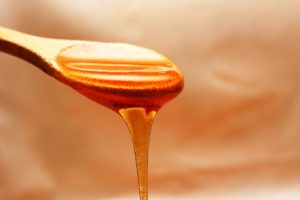 50% of the calorie intake from breast milk comes from fats. Several nutritional ex- perts recommend that 50% of children’s calorie intake should be from fats, until the age of two at least. Several paedia- tricians such as S. Zlotkin and F. Lifshitz and R. Olson recognize that children who are fed a lot of fat-reduced foods have a lot of growth and health problems (75). As children grow up, the recommended amount of fats can be reduced to 30%.
50% of the calorie intake from breast milk comes from fats. Several nutritional ex- perts recommend that 50% of children’s calorie intake should be from fats, until the age of two at least. Several paedia- tricians such as S. Zlotkin and F. Lifshitz and R. Olson recognize that children who are fed a lot of fat-reduced foods have a lot of growth and health problems (75). As children grow up, the recommended amount of fats can be reduced to 30%.
Once they reach adulthood, the calorific need from fats lies between 15% and 35%. Less than 15% calorie intake from fats is unhealthy for adults; more than 30% can be healthy but the com- position of the total nutritional intake must be monitored.
A survey among children has shown that the absorption of calcium, magnesium and proteins (amino acids), which is important for the development of strong bones, is increased when talking coconut oil (22). Another study from 1996 conducted at the University of Iowa demonstrated that babies absorb calcium and fats better when coconut oil or palm oil is added to their food. (2)

